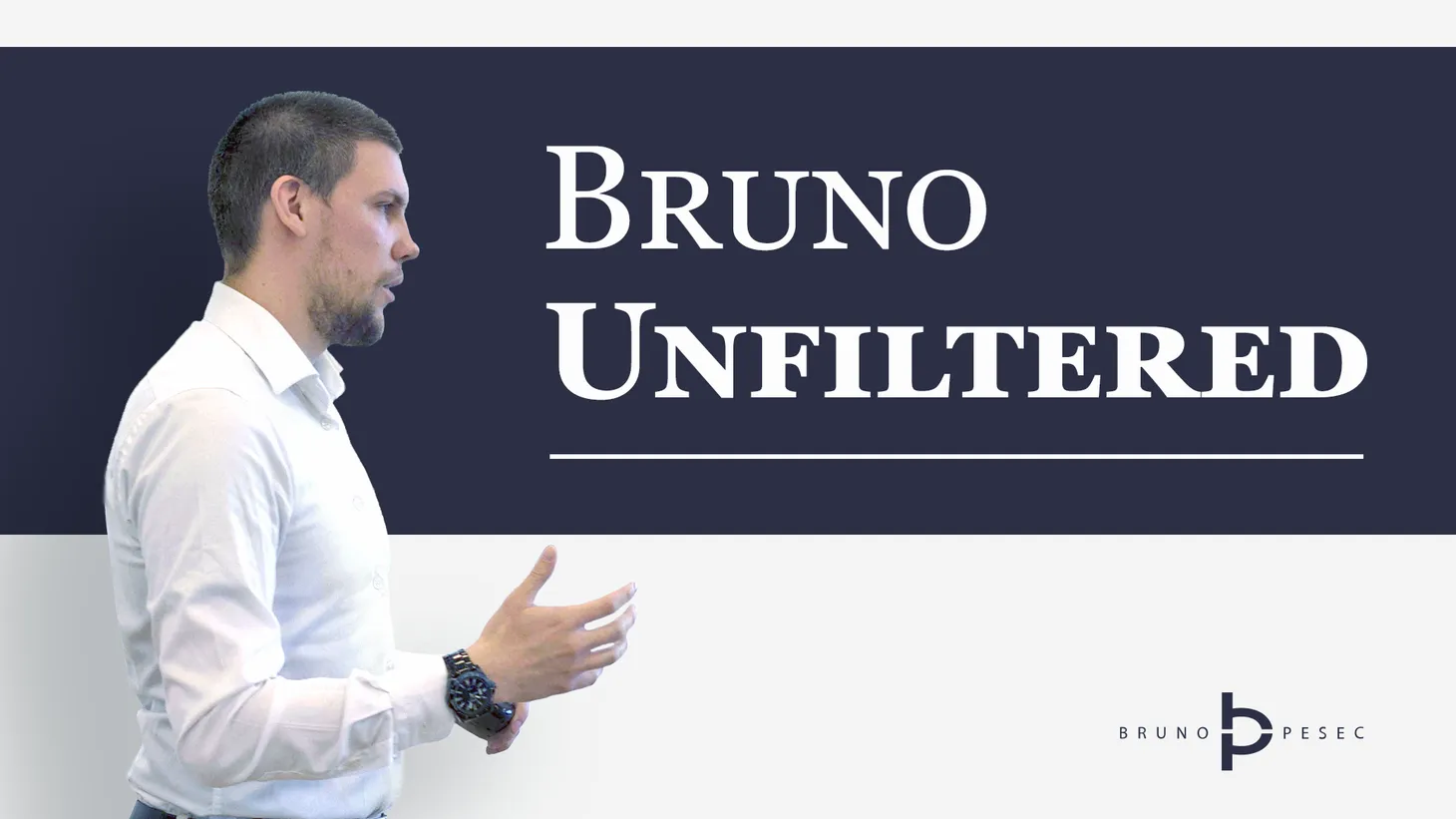Divide and conquer
Is dividing yourself in order to innovate a prudent strategy?

Current narrative is that there are two distinct modes an organisation should have in order to be successful in their efforts at business model innovation.
Some of the common titles for these modes are: explore and exploit, search and execute, discovery and delivery, dual transformation, and ambidexterity. Most of them are driving towards a hard separation, clearly distinguishing between two distinct modes.
But is that so in reality? Should it be so?
One of the key lessons Toyota taught the manufacturing world is that handover is waste and that reaching one-piece-flow has better performance. That discovery had ripple effect, and is currently quite popular in the software development field under agile umbrella.
If handover is so risky and wasteful for trivial tasks, how can we suggest handing over business models which are complex, interconnected systems embedded in their context?
That is why I struggle with agreeing that clear separation of innovation resources and activities within organisation leads to superior performance.
One of the rare cases that would be beneficial is if there was an external unit set-up to create a truly disruptive business model, with the intent to cannibalize existing core business model, while fully backed by the corporate board.
And how often is that the case?
Once I’ve asked a chief innovation officer of a global organisation what is his biggest regret since they established global innovation unit almost a decade ago.
After thoughtful reflection, he answered that they lost several years of work because they haven’t included the “regular” business units.
They assumed that if they identify and validate new opportunities, build an early venture and secure traction, that the business unit would be happy to take it in and integrate it within its existing operations.
Divide et impera is a strategy of breaking up a strong competitor that is difficult to challenge into smaller pieces which could be engaged one by one. It was munificently used by likes of Caesar and Napoleon.
Is dividing yourself in order to innovate a prudent strategy?
Or are you just making it easier for your competition?
Bruno Unfiltered
Subscribe to get the latest posts delivered right to your inbox. No spam. Only Bruno.




